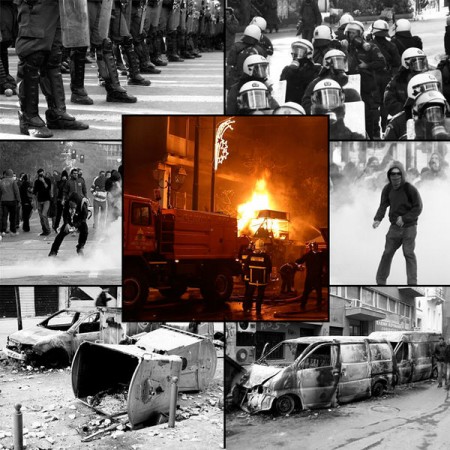With industrial production stagnant, mass unemployment still a problem, and inflation on a downward trend, economists such as The New York Times‘s Paul Krugman worry that Europe is turning into Japan. The former second-largest economy in the world has spent more than 20 years in a deflationary depression, a spiral of falling prices which encourage people to sit on cash, causing prices to plunge even further. Europe — with its aging population — has similar demographics to Japan, too, worsening the likelihood that it might end up in the same trap.
That might be bad, but it’s still a lot better than total collapse — which is what was widely feared in 2011 and 2012 when government interest rates rose drastically in countries like Italy, Spain, Greece, Ireland, and Portugal over fears about the sustainability of their sovereign debts. Under the euro, countries don’t control their currencies, so they run a real risk of running out of money. The architects of the euro system, such as Romano Prodi, knew that this would be a problem but decided that they would cross that bridge when they came to it.
Since then, the European Central Bank (ECB) and the European Financial Stability Fund (EFSF) have been able to deploy various tools, including so-called outright monetary transactions, to backstop those governments and contain the sovereign debt crisis. Interest rates — even for countries like Spain, which two or three years ago looked in serious danger of default — are now as low as they are in the United States. Perhaps this episode illustrates that the euro was an incompetently designed currency, but the cleanup at least has been a major victory for the ECB.
(Read the rest of the story here…)
